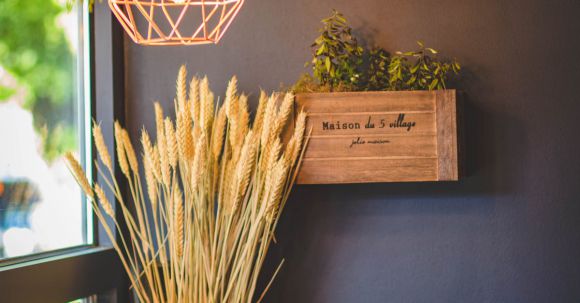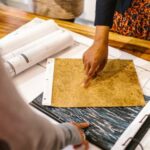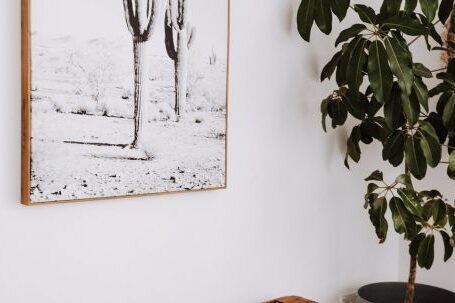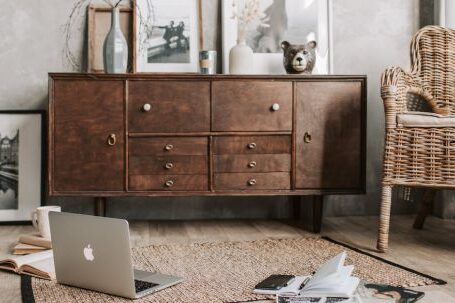In any design project, whether it’s architecture, interior design, or product design, there is a constant pursuit of achieving a harmonious balance between form and function. Form refers to the aesthetics, the visual appeal of the design, while function pertains to the practicality and usability of the design. While these two elements may seem to be at odds with each other, the challenge lies in finding the perfect equilibrium where both form and function can coexist seamlessly.
Understanding the Relationship between Form and Function
To create a successful design, it is essential to understand the relationship between form and function. They are not mutually exclusive but rather interconnected aspects that should complement and enhance each other. Without proper consideration of function, a beautiful design may become impractical and inefficient. On the other hand, a design focused solely on functionality may lack the visual appeal and emotional connection that form brings.
Finding Inspiration in Nature
Nature has always been a valuable source of inspiration for designers looking to achieve the balance between form and function. Nature’s designs are not only visually stunning but also highly efficient and functional. From the intricately structured honeycomb to the aerodynamic shape of a bird’s wing, nature offers a wealth of inspiration that can guide designers in their quest for balance.
Simplicity in Design
One principle that often contributes to a harmonious balance of form and function is simplicity. Simplicity in design refers to the elimination of unnecessary elements, achieving a clean and minimalistic aesthetic. By stripping away excess, the focus is placed on the essential elements, allowing both form and function to shine. This approach creates a sense of clarity and purpose in the design.
Ergonomics and User Experience
When designing for functionality, it is crucial to consider ergonomics and user experience. Ergonomics focuses on creating designs that optimize human interaction and comfort. By considering how users will interact with the design, designers can ensure that form and function are seamlessly integrated to enhance the overall experience. A well-designed ergonomic chair, for example, not only provides visual appeal but also supports the body in the most comfortable and efficient way.
Innovation and Technology
In today’s rapidly evolving world, innovation and technology play a significant role in achieving a harmonious balance of form and function. Advancements in materials, manufacturing techniques, and digital technologies have opened up new possibilities for designers to push the boundaries of design. These advancements allow for the creation of designs that are not only visually stunning but also highly functional and efficient.
Collaboration between Design Disciplines
Creating a harmonious balance of form and function often requires collaboration between different design disciplines. Architects, interior designers, engineers, and product designers all bring unique perspectives and expertise to the table. By working together, they can combine their knowledge and skills to create designs that are both visually appealing and highly functional.
The Importance of Feedback and Iteration
Design is an iterative process, and feedback plays a crucial role in refining and improving the design. By seeking feedback from users, clients, and other design professionals, designers can gain valuable insights that can help them achieve a better balance between form and function. Iteration allows for continuous refinement and adjustment, ensuring that the final design meets both aesthetic and functional requirements.
Conclusion: Achieving a Harmonious Balance
Creating a harmonious balance of form and function is a complex yet rewarding endeavor. It requires a deep understanding of the relationship between the two elements, inspiration from nature, simplicity in design, consideration of ergonomics and user experience, utilization of innovation and technology, collaboration between design disciplines, and a willingness to seek feedback and iterate. By carefully balancing these factors, designers can create designs that are not only visually appealing but also highly functional and practical, enhancing the overall user experience.





